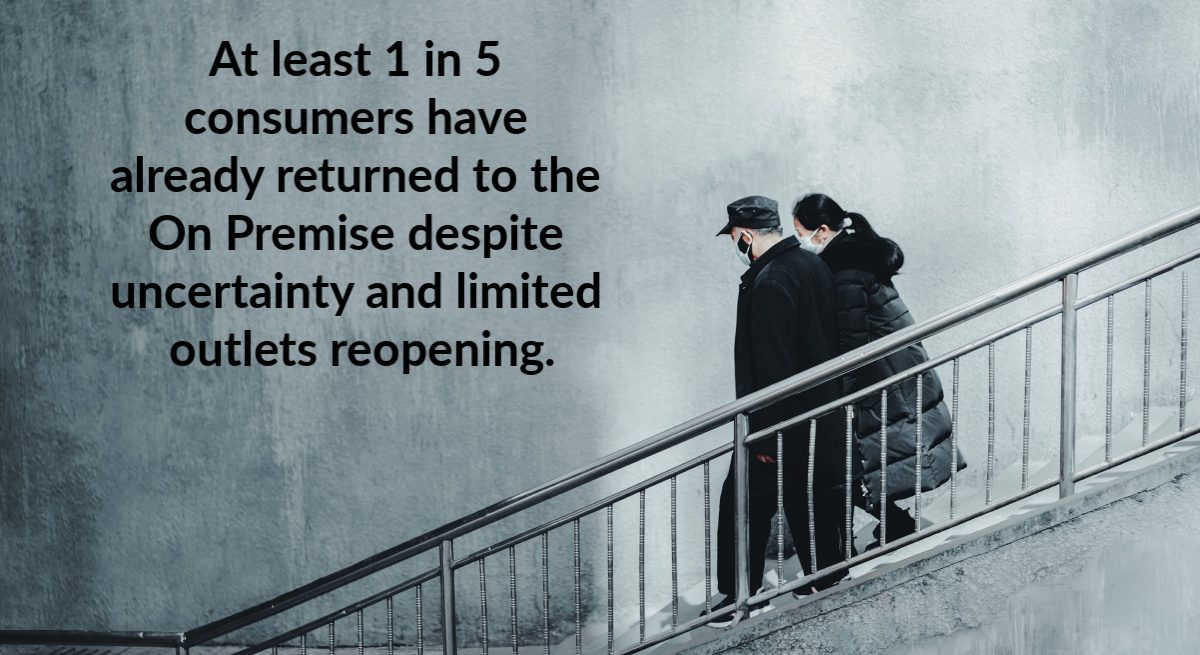MRM Research Roundup: Mid-May 2020 Restaurants Reopen Edition
8 Min Read By MRM Staff
This edition of Modern Restaurant Management (MRM) magazine's Research Roundup features the surge in online ordering, early returns on restaurant recovery and what customers want and expect from restaurants.
Adoption of Restaurant Online Ordering is GrowingFrom February to April Upserve has seen a 169 percent increase in restaurants using online ordering. They are seeing an uptick in online orders in all types of geographic areas. In large suburbs, online ordering has grown 3,868 percent since February.
Restaurant recovery is slow but building, As of April 8, 27 percent of restaurants showed an upward sales trend over the previous week, according to Upserve’s data.
Many restaurants who already offered online ordering pre-COVID were able to avoid having to close altogether, saving them up to a month’s worth of revenue. While they did see a drop in sales, they did not ever experience a 100 percent revenue loss.
For more from Upserve, click here.
Restaurant Recovery…
Sorry, You've Reached Your Article Limit.
Register for free with our site to get unlimited articles.
Already registered? Sign in!

